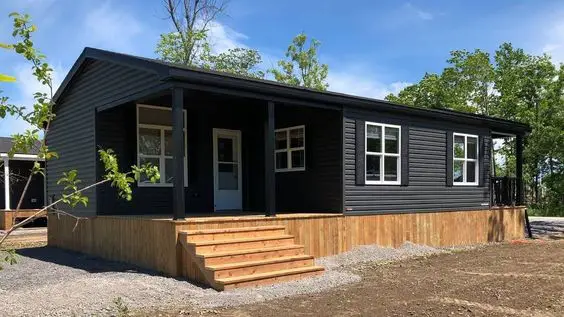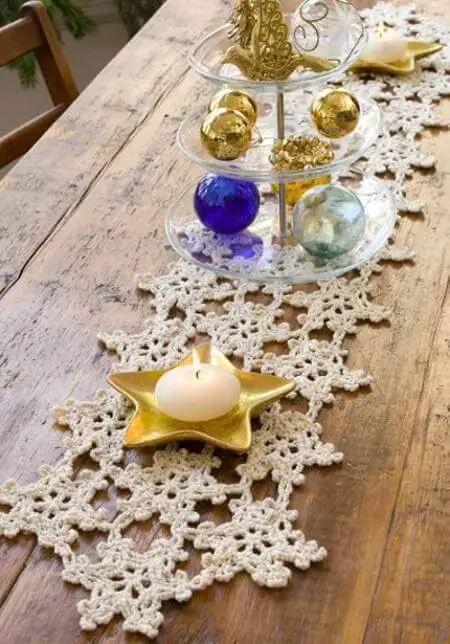25+ Beautiful Kitchen Countertop Ideas
When it comes to updating your kitchen, one of the most crucial decisions you’ll make is choosing the right countertops. With so many options available, it can be overwhelming to decide which material is best for your taste, lifestyle, and budget. In this article, we’ll delve into the different types of countertops, their benefits, drawbacks, and price ranges, helping you make an informed decision for your kitchen remodel.
25+ Kitchen Countertop Ideas
#1. Farmhouse kitchen with reclaimed flooring
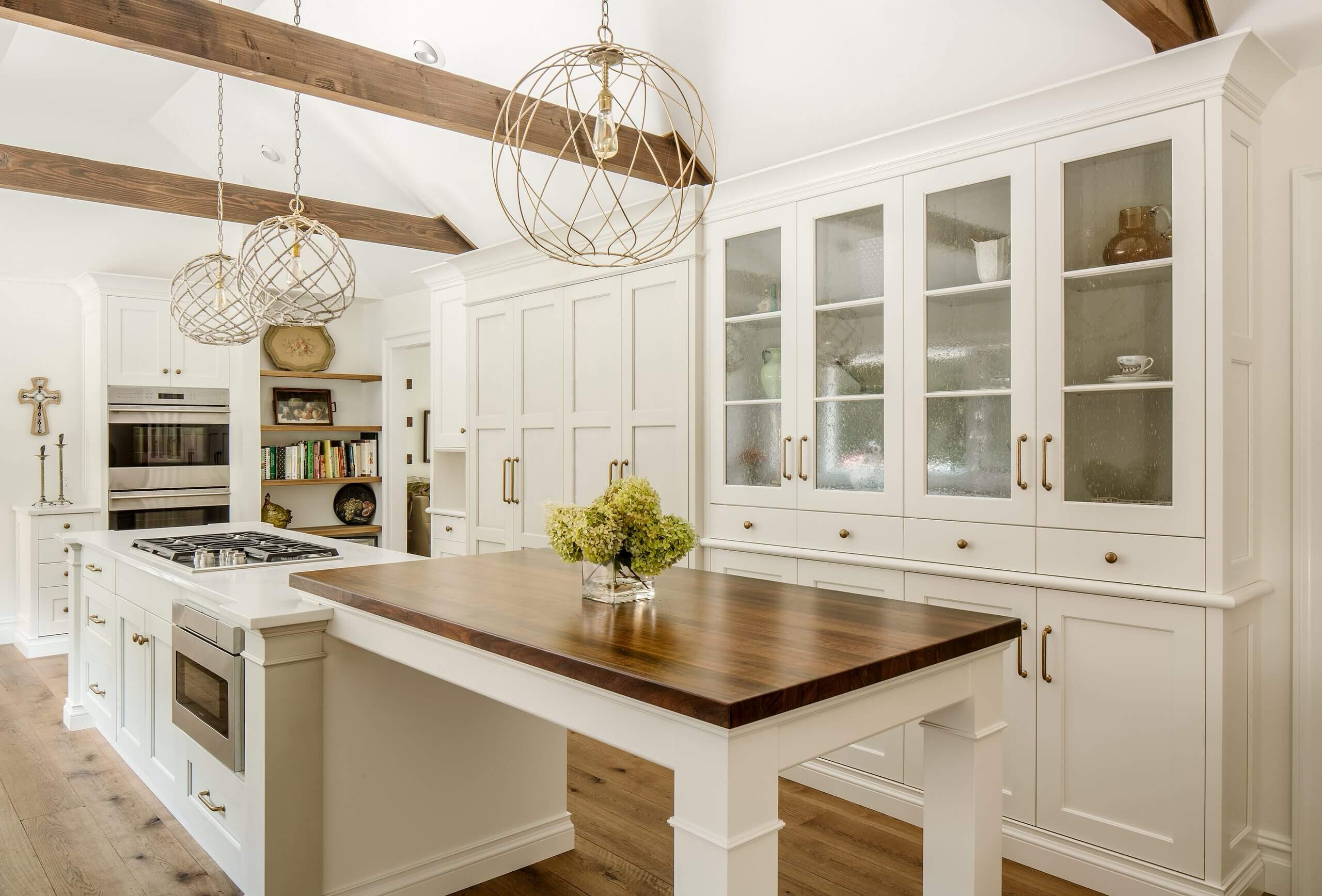
#2. Outdoor kitchen with Oak Slab
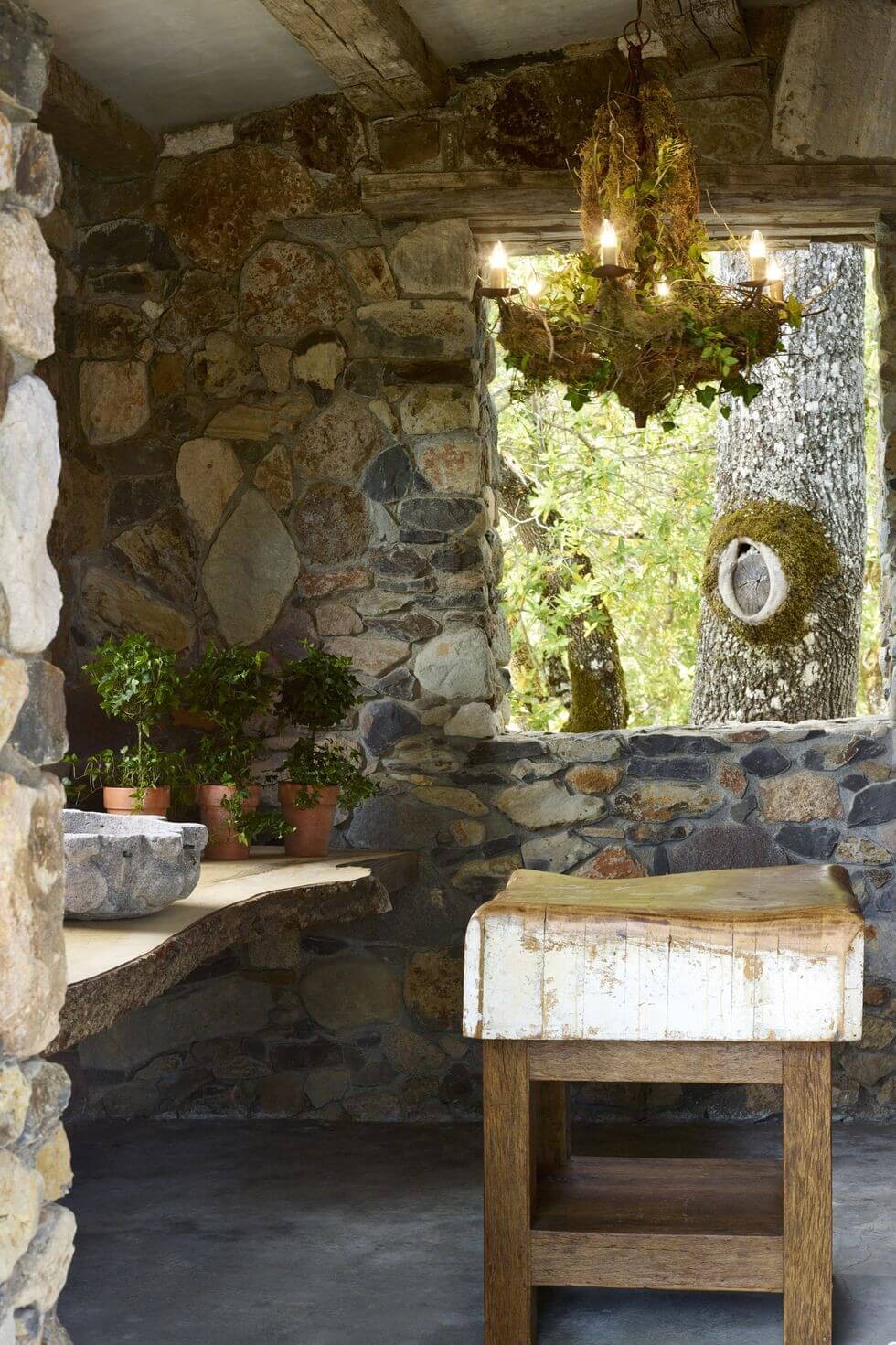
#3. Green Silestone
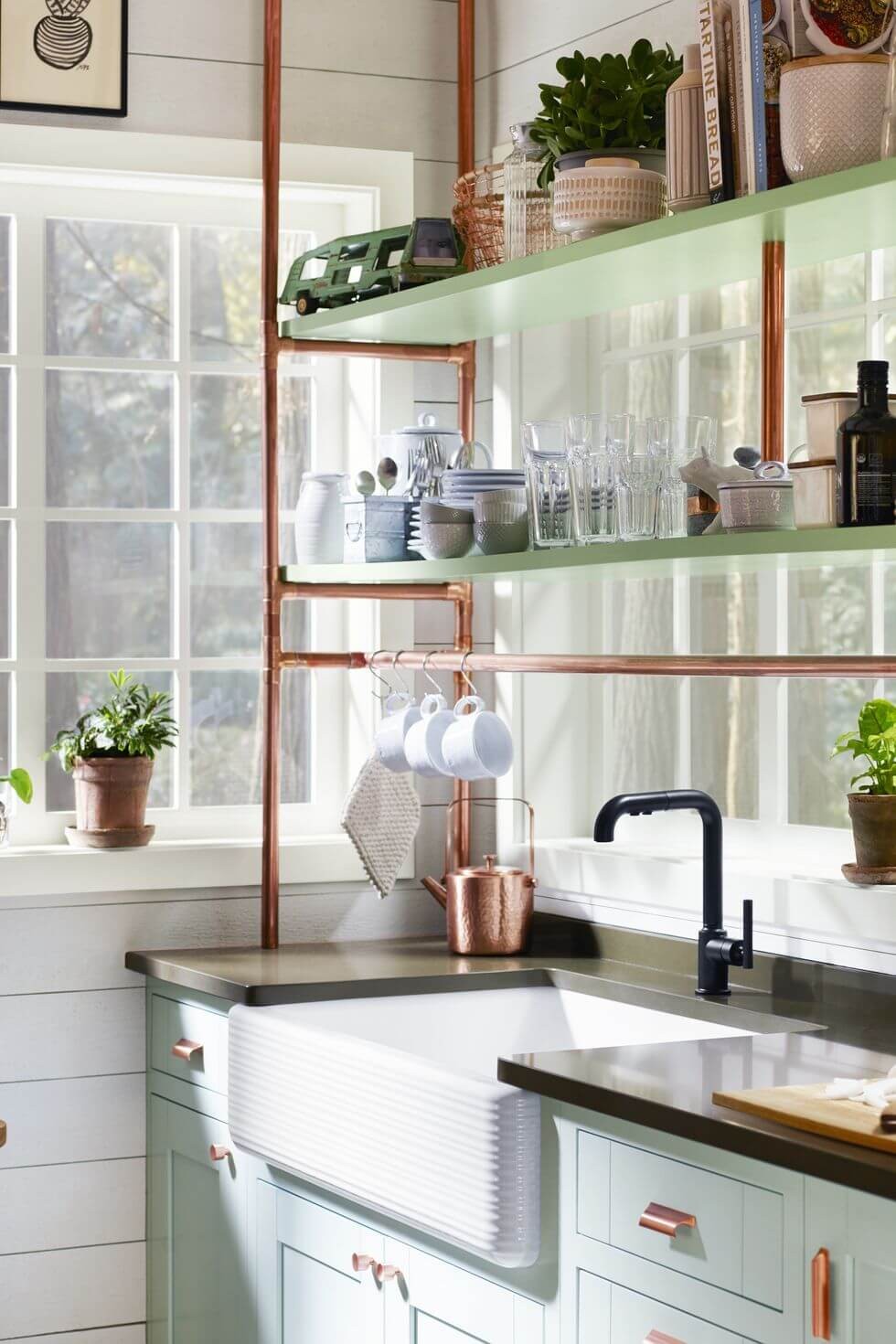
#4. Farm cottage with Walnut Counters
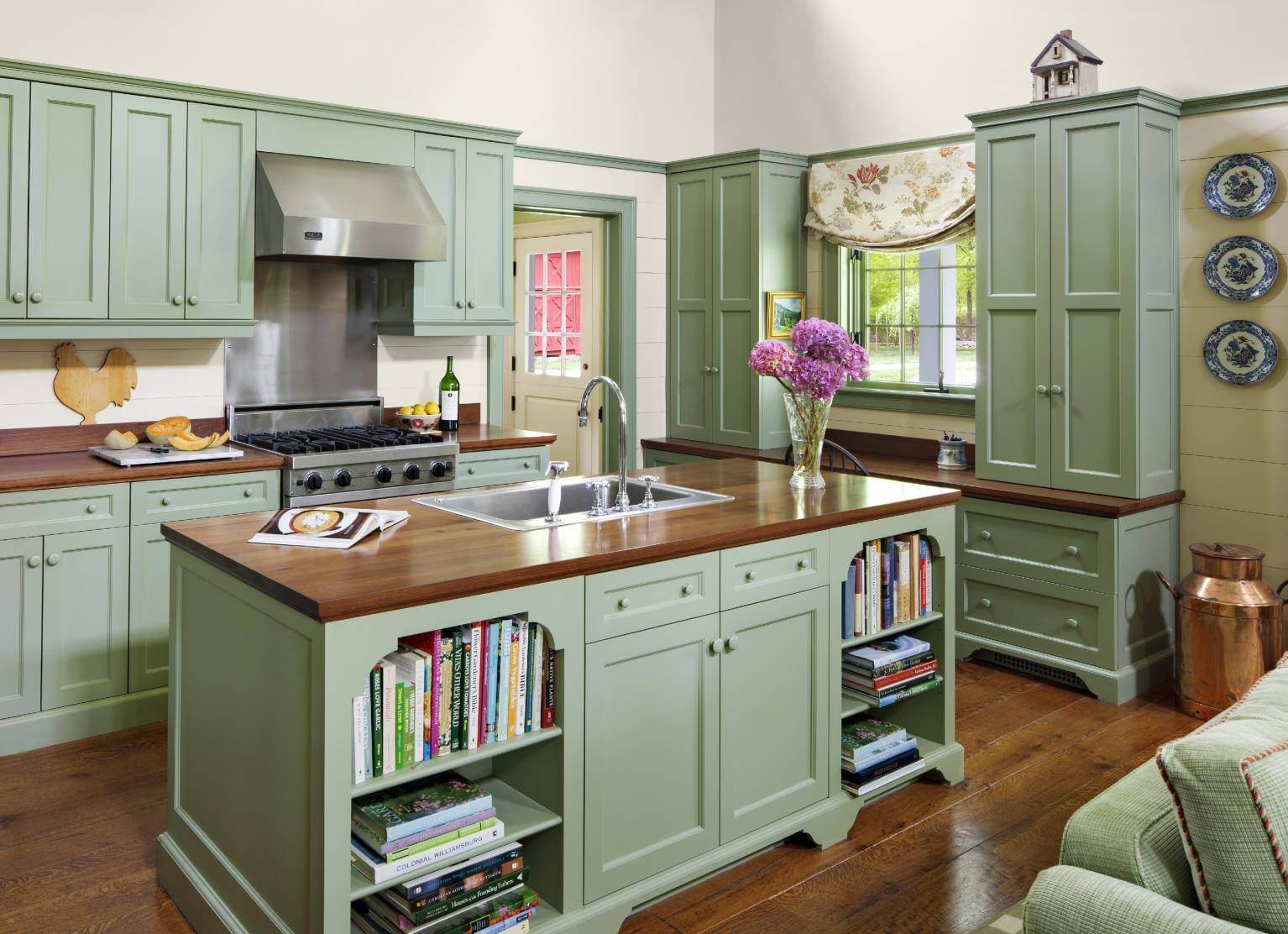
#5. Blizzard Caesarstone
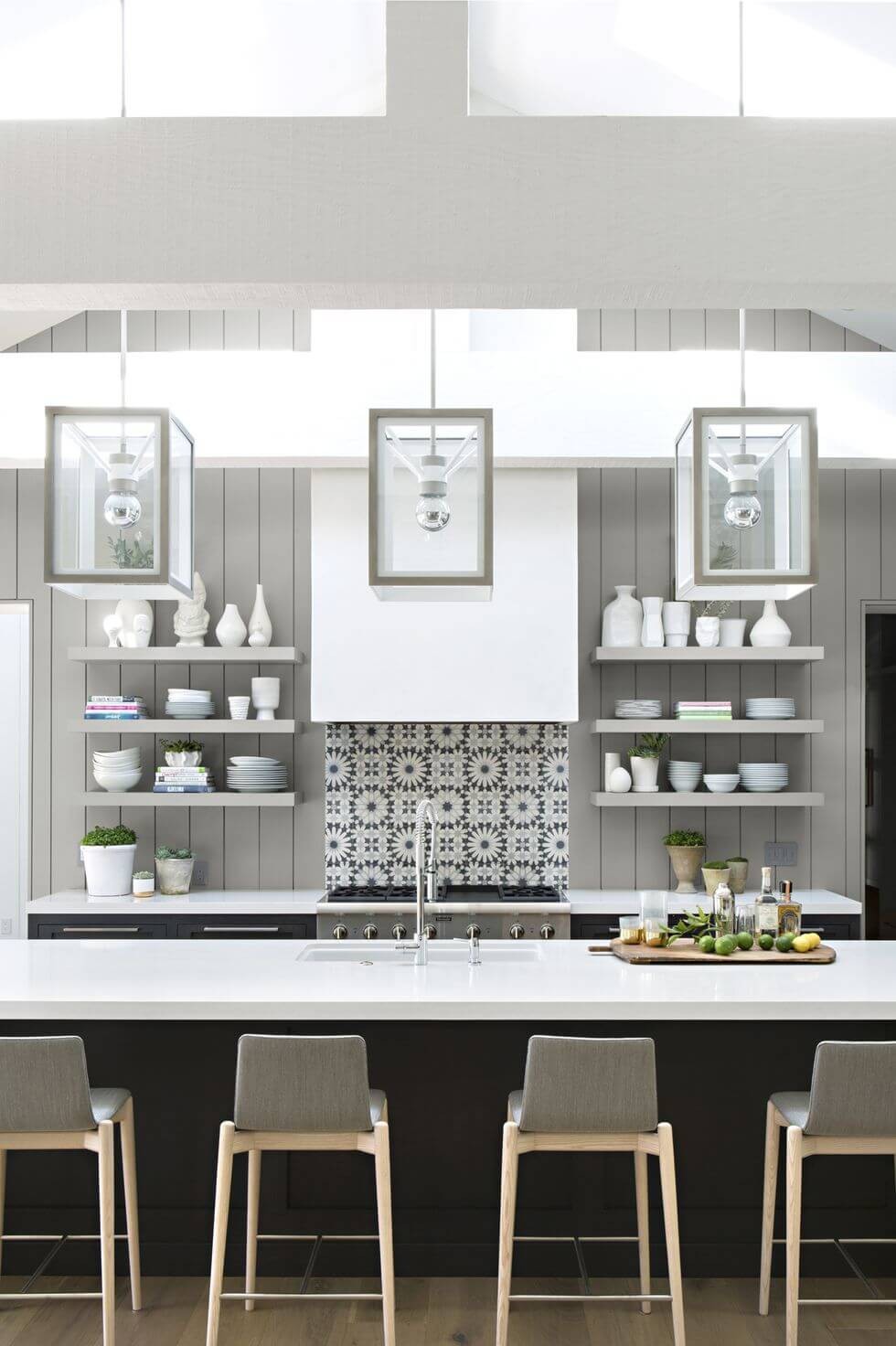
#6. Classical kitchen

#7. Contemporary kitchen with white countertop
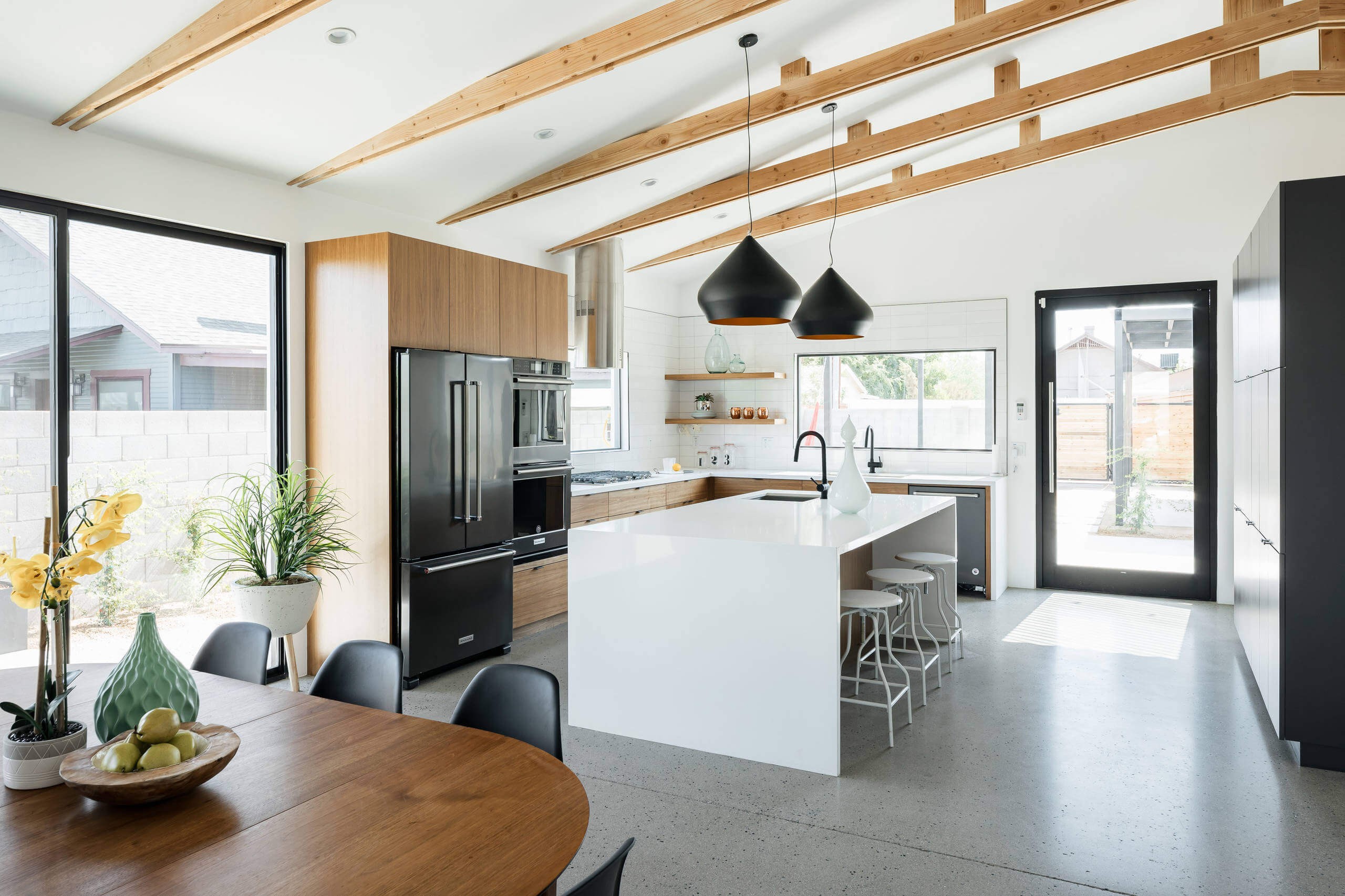
#8. Cararra marble
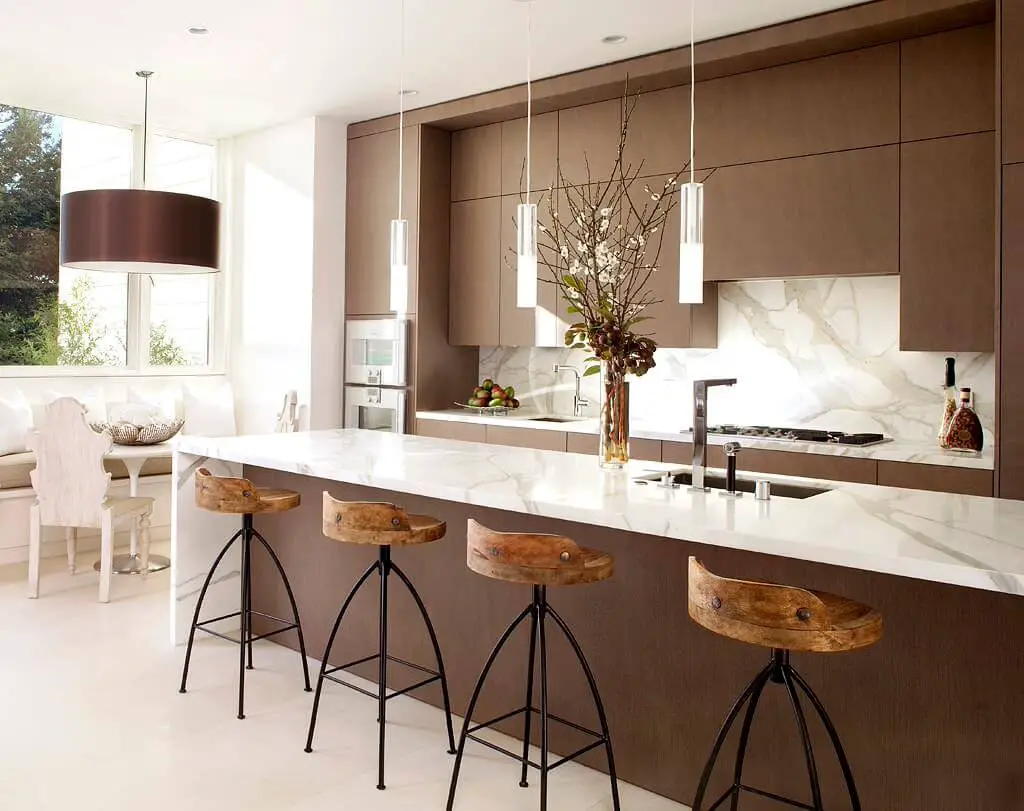
#9. Soapstone countertop
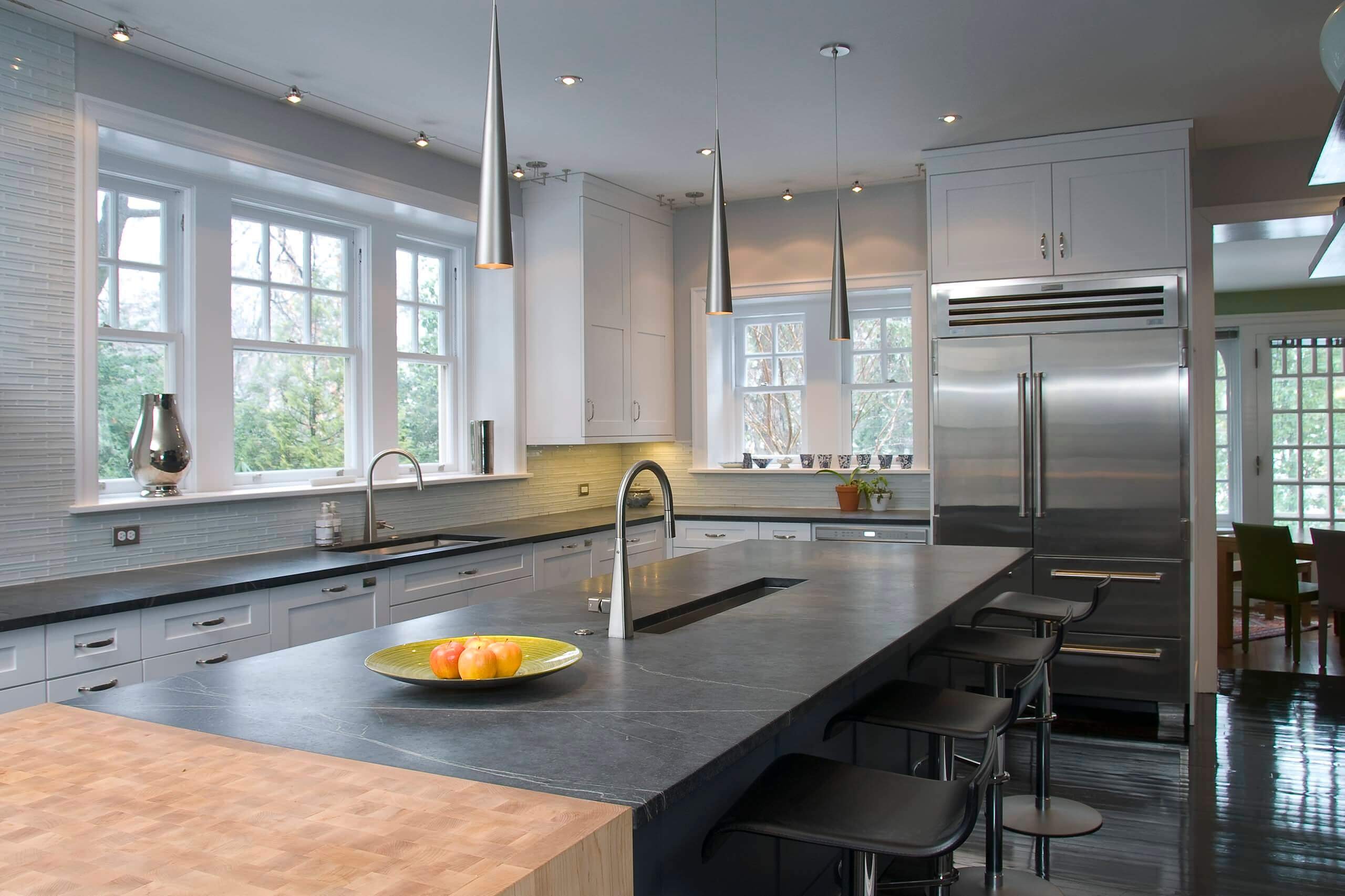
#10. Calacatta Cremo Cross Cut Marble
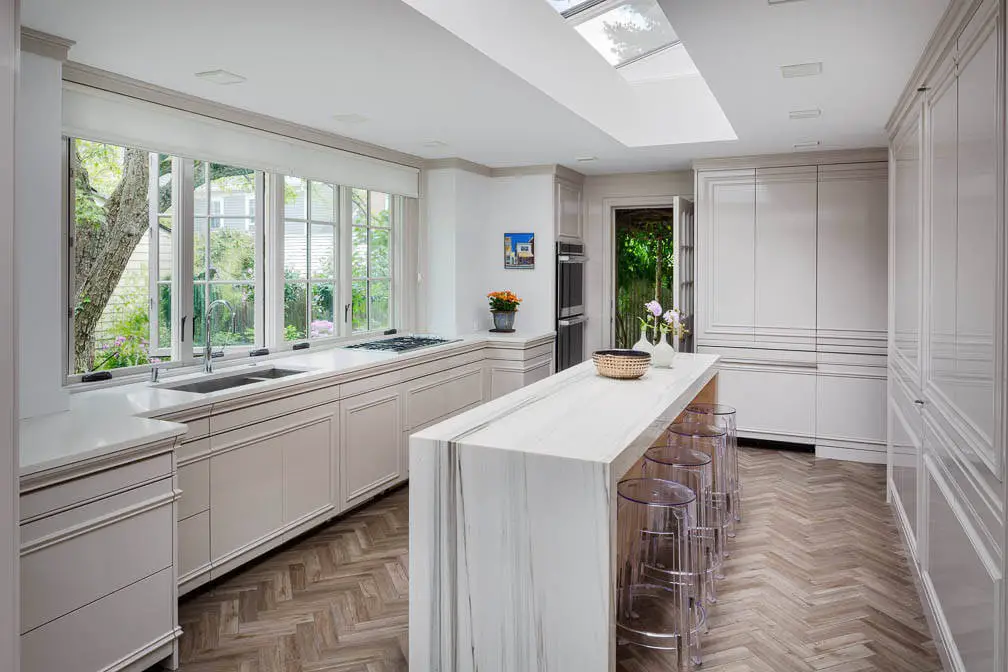
#11. Copper Countertop
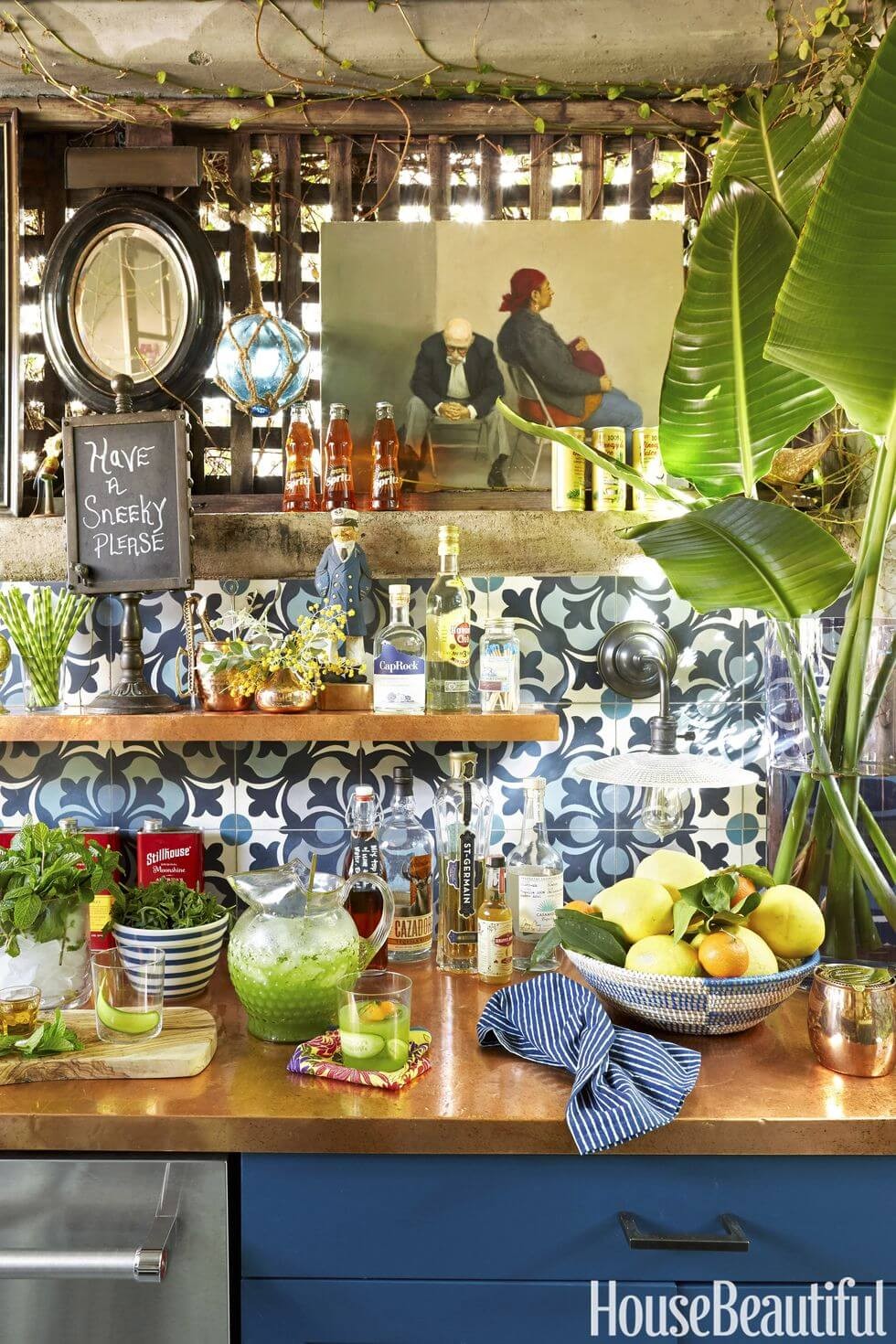
#12. Caesarstone Calacatta Nuvo counters
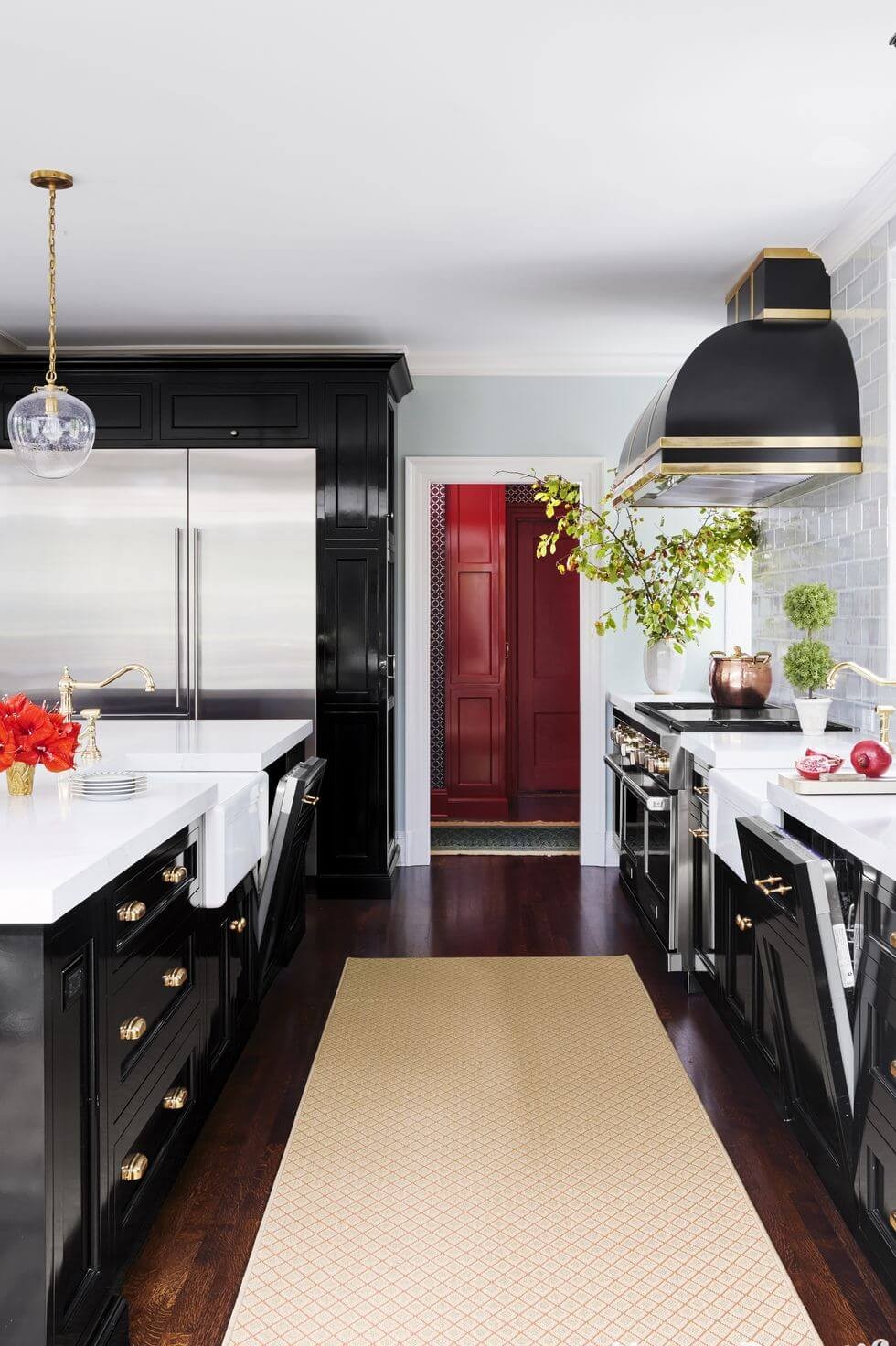
#13. Eclectic kitchen with white countertop and Bali wood slab
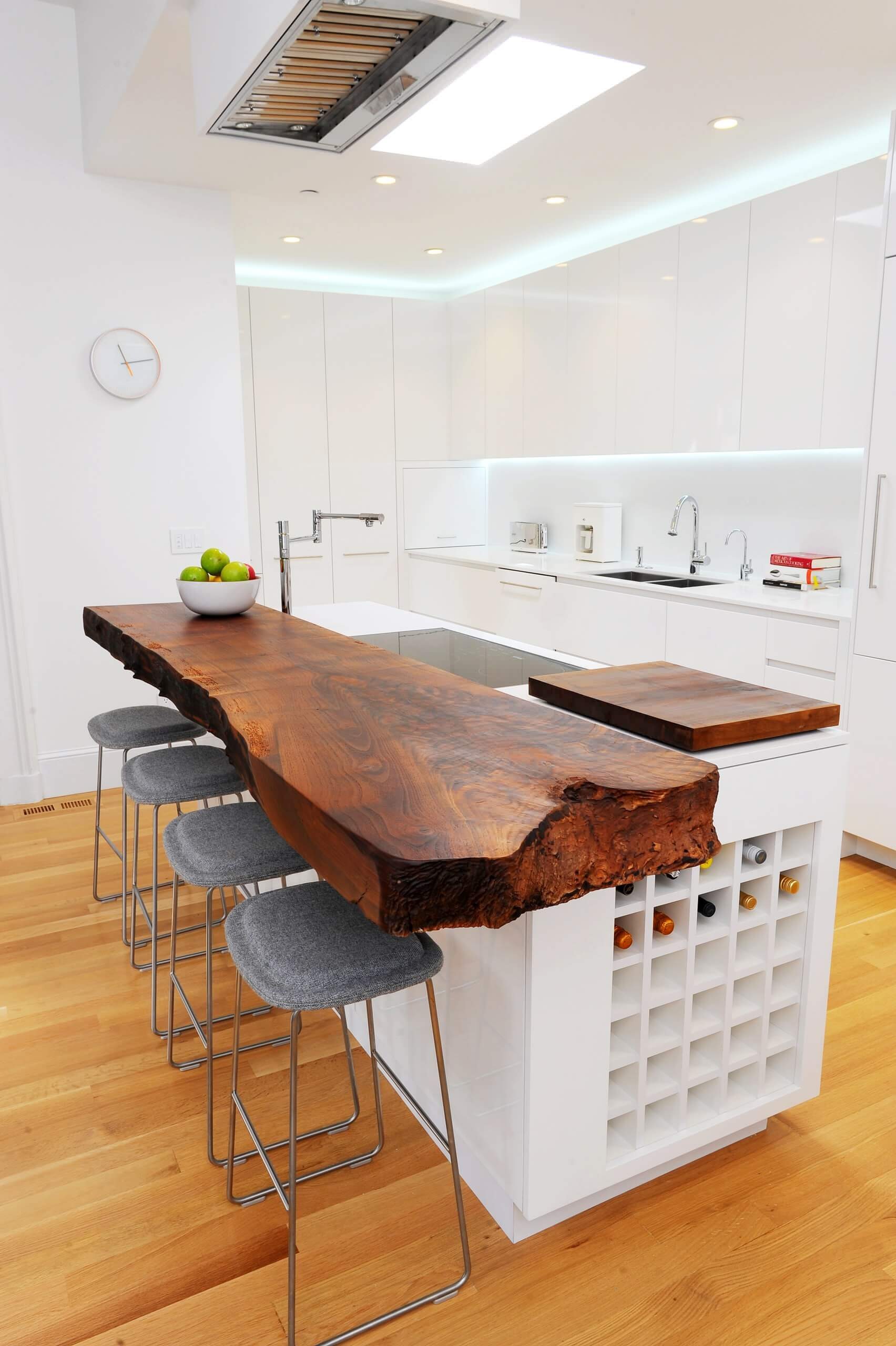
#14. Marble countertop with pendant lights
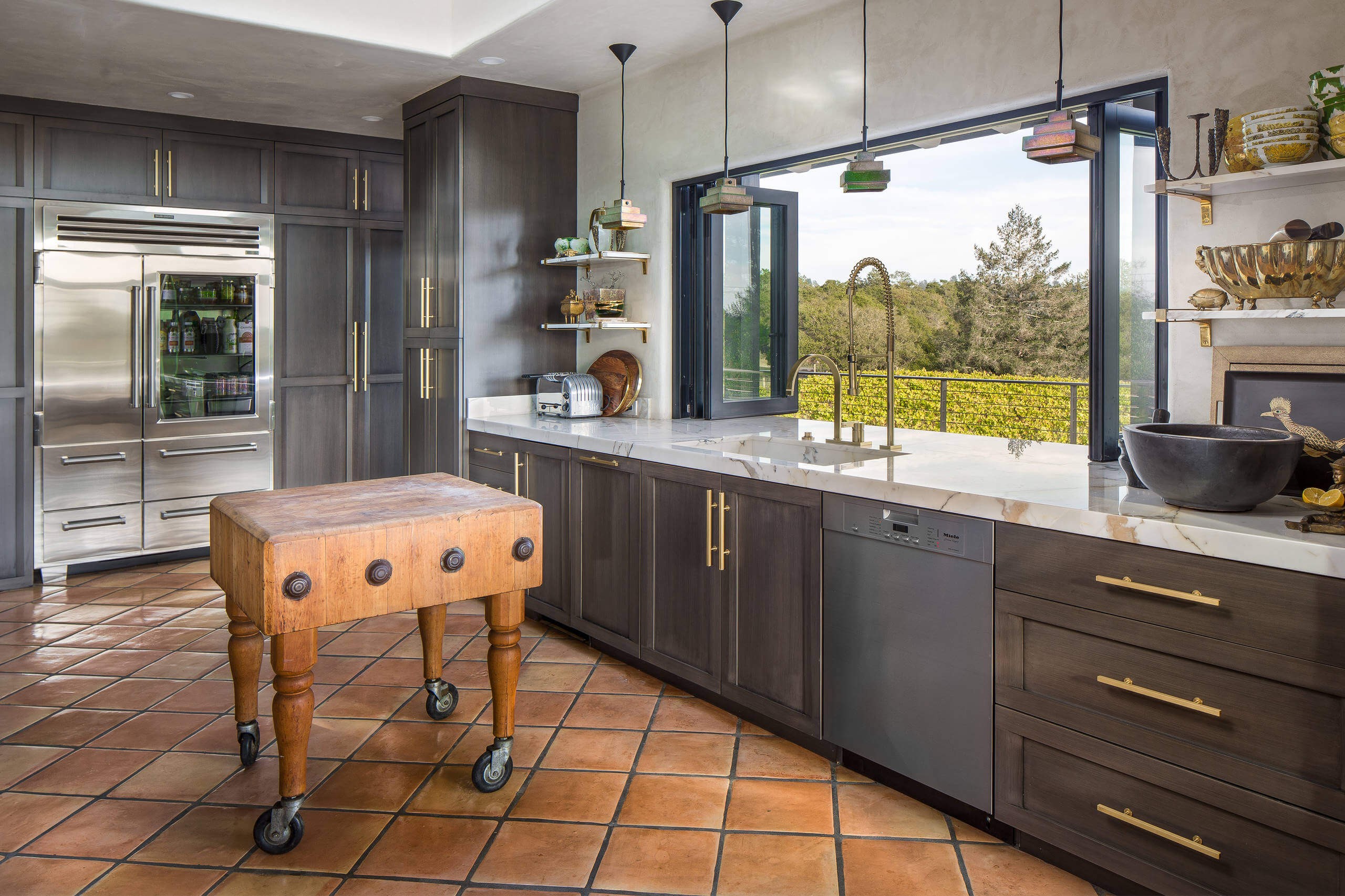
#15. Mosaic backsplash made from transparent and opaque glass, mirror, ceramic and copper leaf
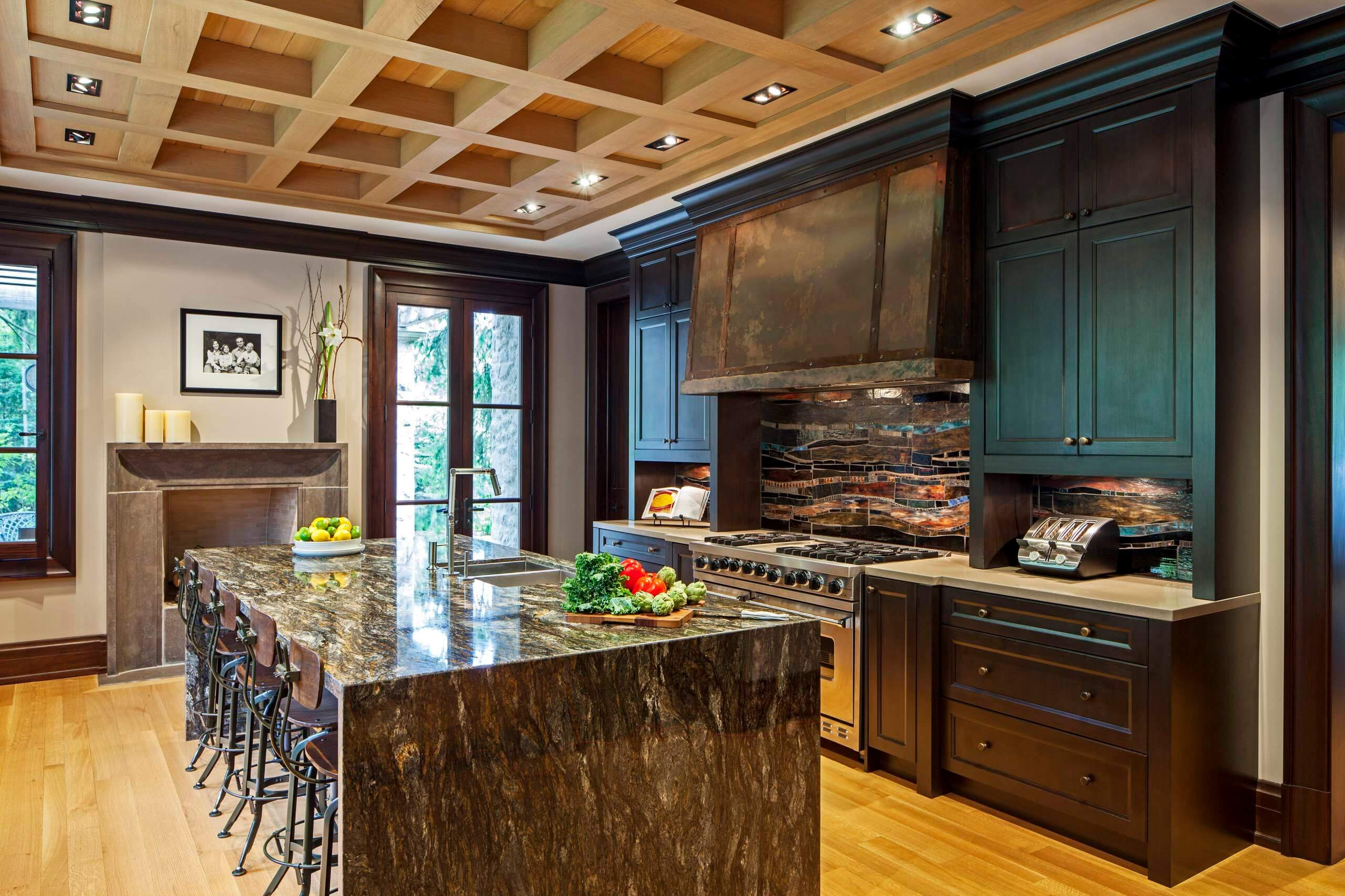
#16. Concrete and glass
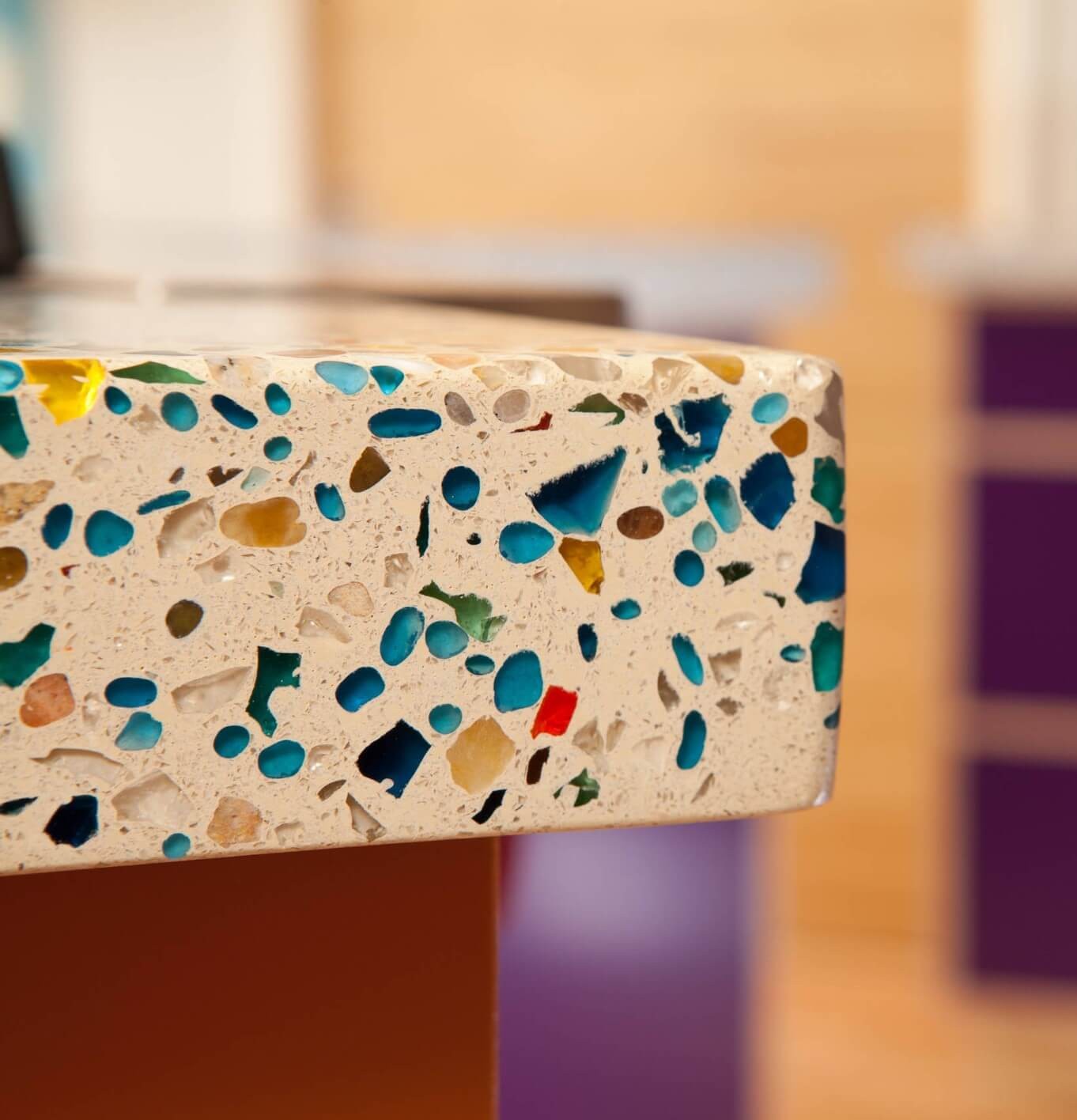
#17. Gluelam beam countertop
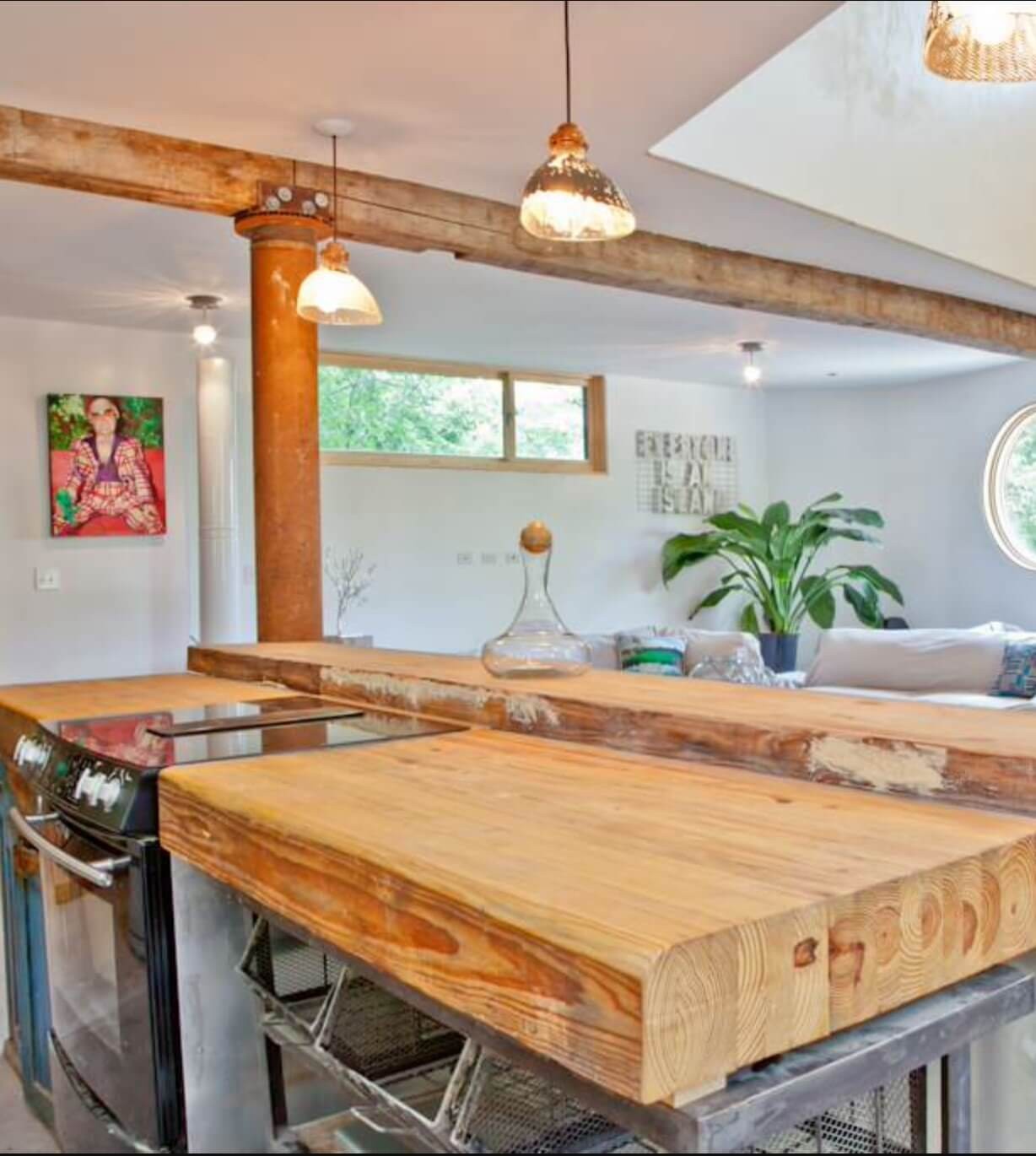
#18. Small compact
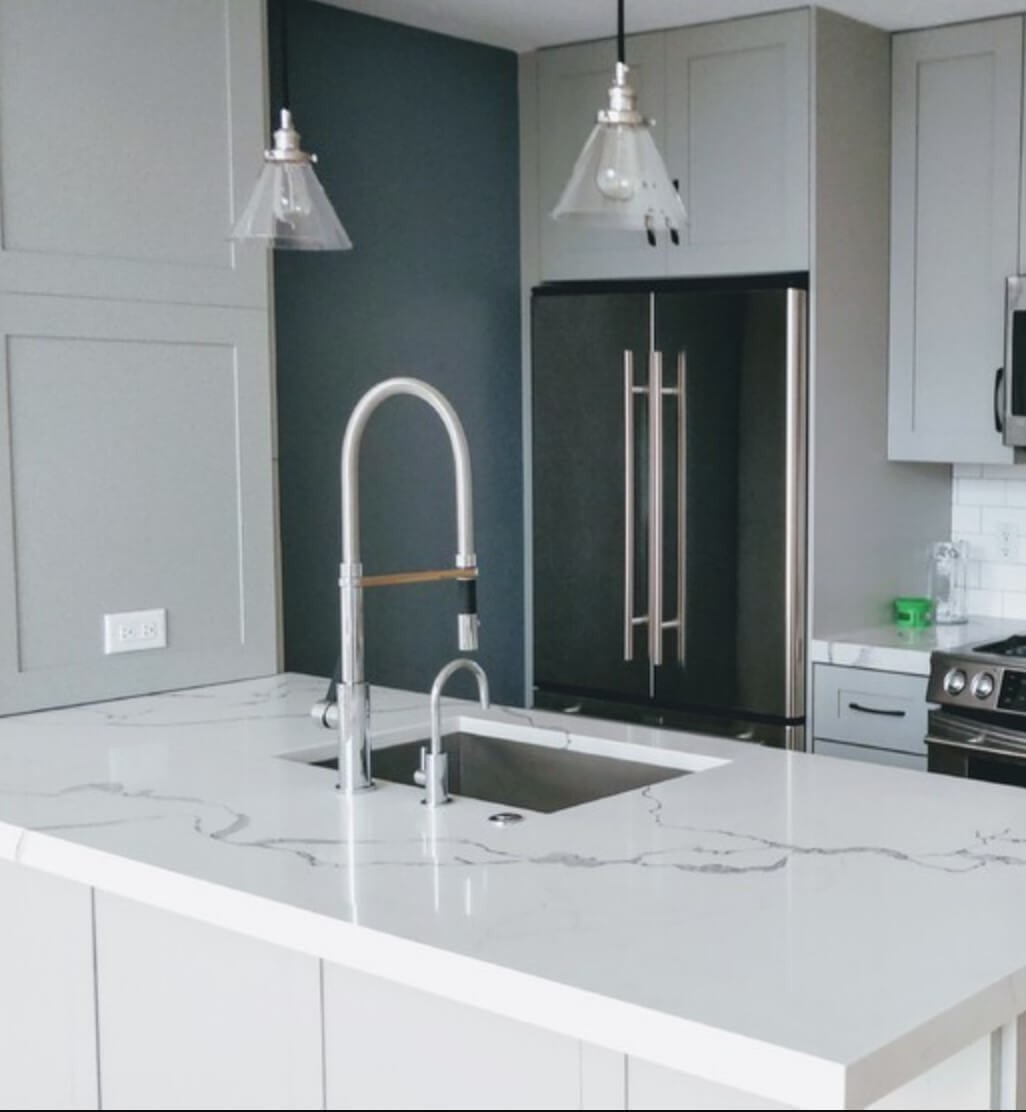
#19. Cement countertop

#20. Modern country kitchen with wood countertop

#21. Shoreline kitchen
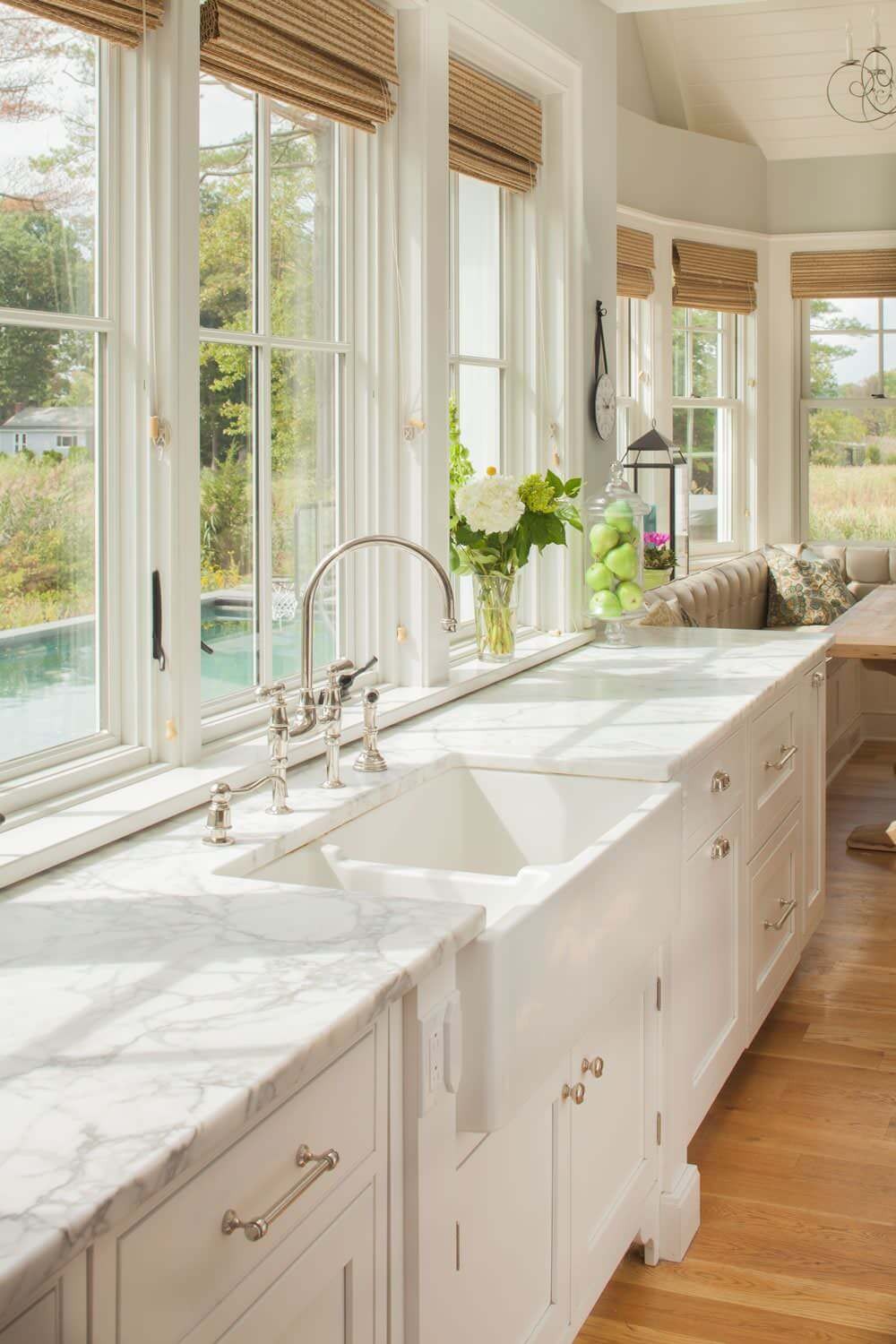
#22. Italian kitchen

#23. Calacatta marble
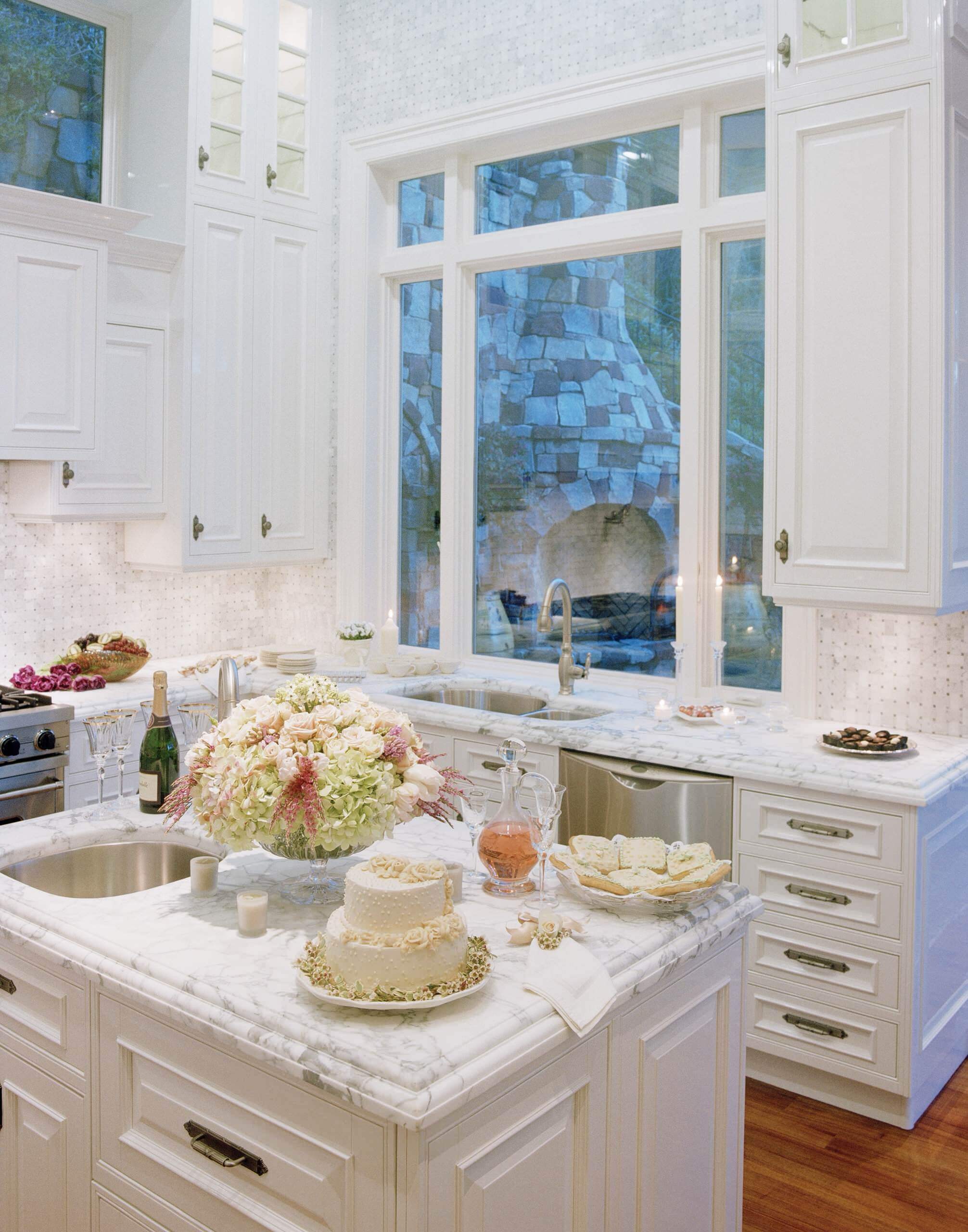
#24. Shabby-chic kitchen
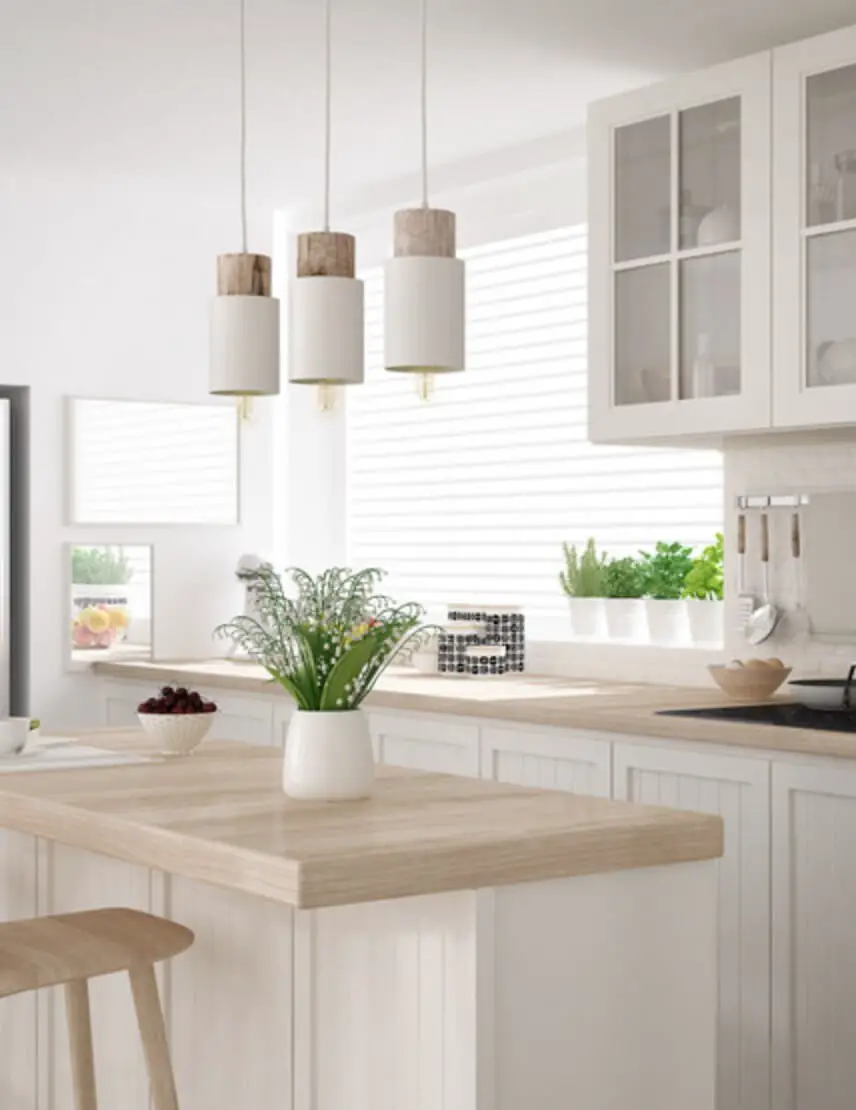
#25. Cottage kitchen
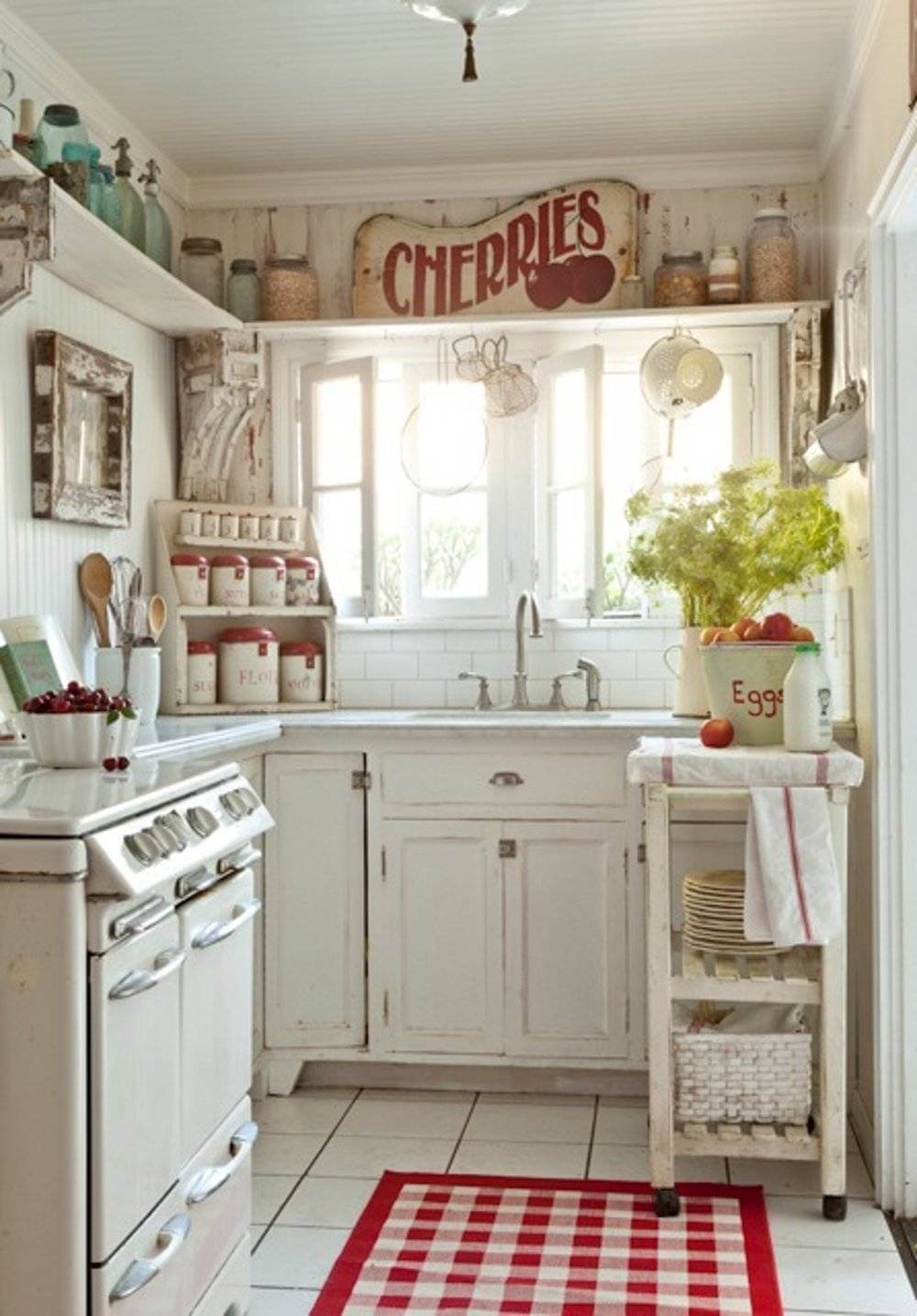
Types of countertops
#1. Laminate

While many people refer to laminate surfaces as Formica, it’s essential to note that Formica is actually a specific brand name, similar to Kleenex. In reality, laminate countertops offer unparalleled versatility due to their vast array of colors, finishes, and patterns available. Furthermore, corner and edge treatments can be applied to give them a unique texture, making them highly customizable.
Additionally, laminate surfaces are often surprisingly affordable, making them an attractive option for homeowners looking to upgrade their kitchens or bathrooms without breaking the bank.
#2. Stone
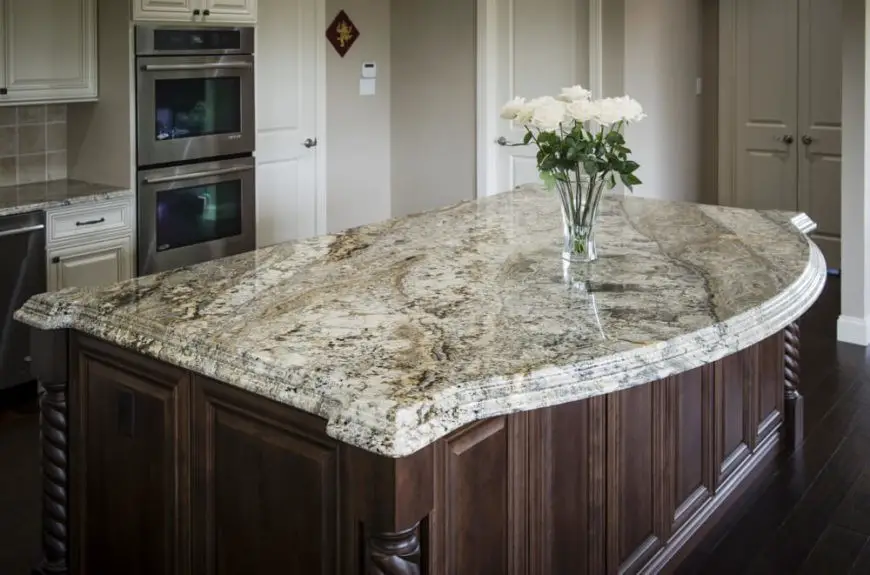
When it comes to countertops, the stone category is a staple in many homes. Within this group, granite stands out as one of the most popular choices, boasting impressive durability and a hefty price tag to match. Marble, while equally well-liked and expensive, has a softer composition compared to granite, making it less resistant to scratches and wear. In contrast, soapstone’s popularity has waned due to its inherent softness, which can result in noticeable wear marks over time.
#3. Stone Compound

The industry’s response to the granite and marble craze, stone compound countertops offer a durable and cost-effective alternative. By combining pulverized quartz with polyester binding, these surfaces provide a solid foundation that resists wear and tear. What’s more, stone compounds come in a wide range of colors and patterns, making them a versatile option for homeowners seeking to add a touch of natural beauty to their spaces.
#4. Ceramic Tiles
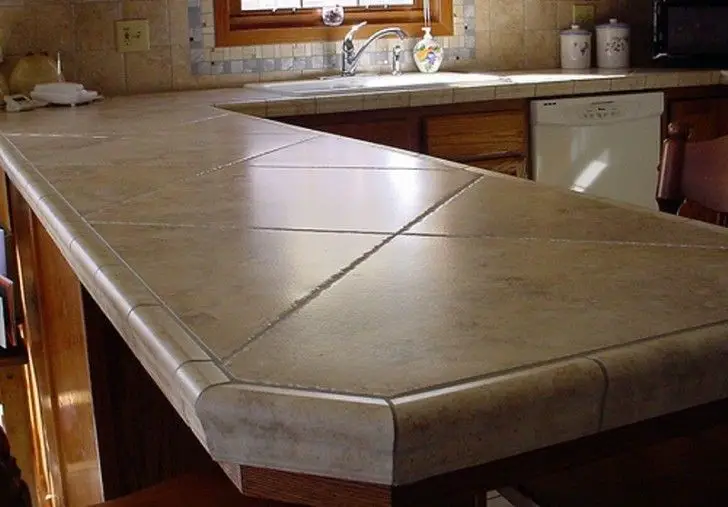
Ceramic tiles offer a practical and visually appealing solution for countertops, striking a balance between affordability and durability. While they may chip occasionally, replacing a single tile is a relatively minor expense. One of the most significant drawbacks to ceramic tiles is the grout’s tendency to be stubborn when it comes to cleaning.
On the other hand, their versatility is a major advantage, as users can combine various colors in a wide range of patterns to create a truly unique look.
#5. Solid Surfaces

Solid surface countertops, often bearing the Corian brand name, are manufactured by various companies. This material boasts impressive durability, withstanding the test of time while resisting the proliferation of germs and requiring minimal upkeep due to its ease of cleaning. A diverse array of colors is available, although this alternative can come at a premium price.
#6. Butcher’s Block
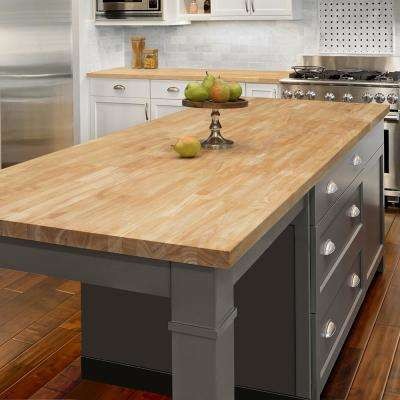
While this timeless classic exudes undeniable charm and character, it’s essential to acknowledge its limitations as a practical kitchen surface. The natural patina and grain of wood can be stunning, but it also means that even the slightest scratch or spill can leave lasting marks. Additionally, wooden countertops can harbor germs and stains, making them less than ideal for everyday use.
#7. Concrete
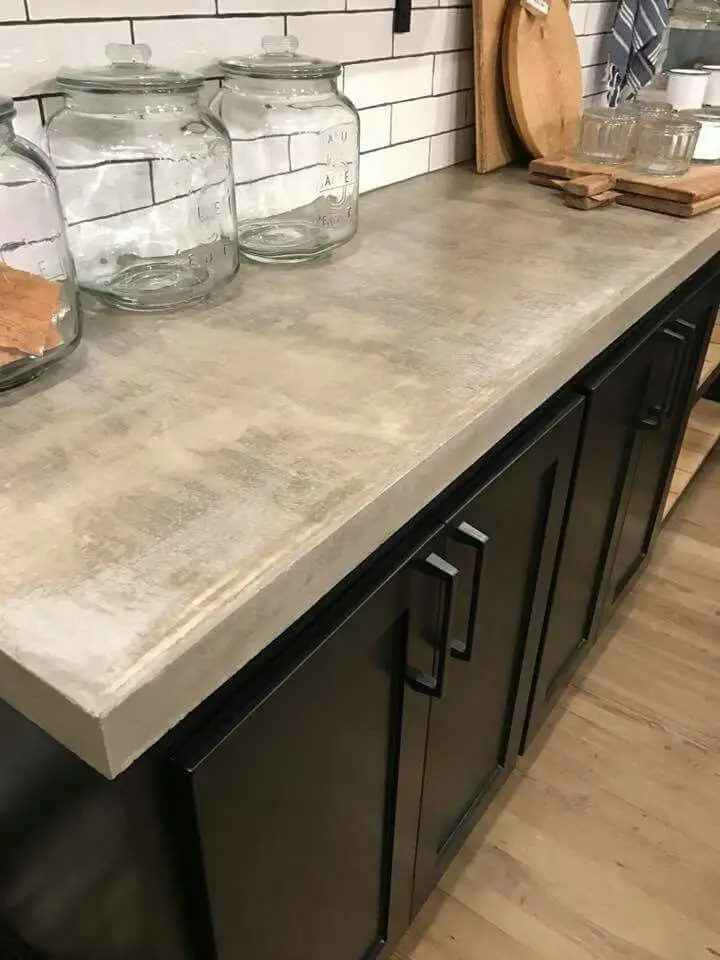
The latest craze in countertops has spread to floors as well. Concrete is touted for its durability, versatility, and aesthetic appeal. This material can be stained, mixed with aggregate, stamped with patterns, infused with pigments, or embellished with gems and trinkets. The cost of concrete surfaces depends on the chosen enhancement method. While it’s generally incredibly strong, incorporating fragile elements may compromise durability over time.
With this information, you’ll be well-equipped to refine your options, explore available patterns, colors, and price points, and make an informed decision that suits your home’s unique needs.
Types of countertop material
When it comes to selecting countertops for your kitchen and bathroom, homeowners are spoiled for choice. The array of options includes laminate, tile, stone, synthetic, steel, concrete, and wood – each with its unique strengths and characteristics. But what makes a countertop material suitable for the demands of daily use? To withstand the rigors of spills, splashes, and scratches from utensils and appliances, your chosen material must be resilient yet aesthetically pleasing.
In this context, let’s take a closer look at the various countertop materials available to homeowners.
#1. Laminate
While laminate counters may offer a budget-friendly and versatile option for homeowners, their durability is often a major concern. Made from layers of kraft paper bonded together, they can be prone to scratches and damage that may not be easily repairable. In most cases, serious damage means replacing the entire affected section of counter.
To mitigate this risk, it’s crucial to use cutting boards and trivets for hot pots, as well as other heat-sensitive items, to prevent unsightly scorch marks or irreparable harm. Despite their limitations, laminate counters remain a popular choice due to their affordability and ease of installation.
#2. Tile
When it comes to countertop tiles, there’s a vast array of options available, spanning from affordable ceramics with understated designs to more elaborate pieces boasting vibrant patterns. The versatility in this product range is undeniable, with many permutations possible. While the tiles themselves are generally durable and easy to maintain, it’s the grout that often proves to be the Achilles’ heel of any tile installation.
To prevent discoloration and ensure a long-lasting finish, proper sealing of the grout is crucial. Additionally, regular inspections for signs of cracking or wear are essential. For a comprehensive guide on the materials required to install your own ceramic tile countertop, readers can refer to our separate article ‘Working With Ceramic Tile’.
#3. Natural Stone
Granite remains the top pick for kitchen countertops due to its exceptional strength and durability. Having endured immense heat and pressure over millions of years, it’s reasonable to assume that this natural wonder can withstand the demands of a busy kitchen. However, the material’s hefty price tag is a significant drawback. Unless you have prior experience with stone work, you’ll likely need to hire a professional for installation.
In contrast, marble is often favored in bathrooms for its timeless elegance, but it may not be suitable for kitchens due to concerns over durability. Other less resilient options include limestone, slate, lava rock, and turquoise. Engineered stone counters, or quartz surfacing, offer an alternative, combining natural stone chips with epoxy resin for added strength.
#4. Synthetics
Polyester and acrylic countertops have been a staple of the industry since the 1960s, with brands like Corian and Gibraltar leading the way. These man-made surfaces boast durability and the added benefit of being easily repairable if damage occurs. However, one major drawback echoes that of natural stone: cost. The caveat is that most synthetic counter manufacturers require licensed contractors for installation, further driving up expenses.
#5. Unusual alternatives
Rounding out the list of counter materials are three options that exude a sense of modernity and practicality. Polished concrete and stainless steel bring an industrial flair to the kitchen, perfect for a sleek and contemporary design. Meanwhile, wood provides a timeless and functional touch, often used as a built-in cutting board or incorporated into other countertops as a decorative element.
Related Posts
To embark on a rewarding career as a kitchen and bath designer, it’s essential to understand the various pathways available. While some may opt for formal education, others may choose to hone their skills through hands-on experience or vocational training. In either case, it’s crucial to stay up-to-date with industry trends and best practices. For instance, in Singapore, designing a kitchen that maximizes space is a top priority.
To achieve this, designers often employ clever layouts, such as L-shaped or galley designs, to create a sense of openness and flow. When it comes to renovating your own kitchen, there are several key considerations to keep in mind. From choosing the right countertop to selecting cabinets that align with your personal style, every decision counts.
By considering factors like durability, maintenance, and aesthetic appeal, you can transform your kitchen into a space that’s both functional and beautiful.





